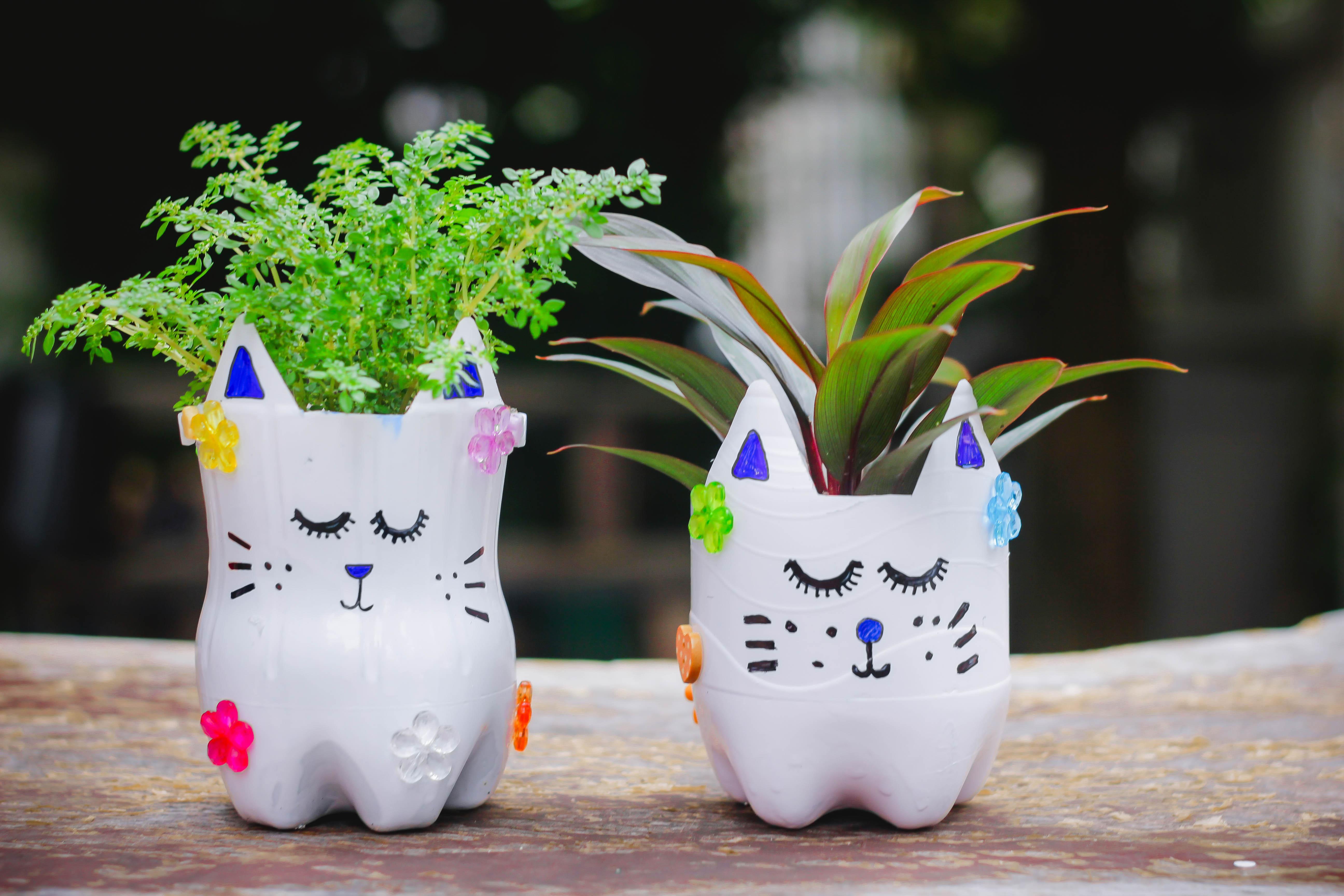In a world grappling with climate change, pollution, and resource depletion, even the smallest lifestyle choices can make a difference. One such powerful and joyful choice is eco-friendly crafting. Combining creativity with consciousness, environment-oriented crafts allow us to express ourselves artistically while reducing waste, reusing materials, and celebrating sustainability. These crafts prove that art doesn’t have to harm the Earth — in fact, it can help heal it.
What Are Environment-Oriented Crafts?
Environment-oriented crafts, also called eco-crafts or green crafts, are handmade creations that:
-
Use recycled, upcycled, or biodegradable materials
-
Encourage waste reduction and reuse
-
Highlight nature-inspired themes or messages
-
Promote sustainable living
-
Avoid toxic substances or harmful processes
These crafts not only nurture the planet but also inspire environmental awareness in both creators and viewers.
Why Eco-Friendly Crafts Matter
Crafting is not just a hobby — it's a statement. Choosing eco-friendly methods and materials helps:
-
Reduce landfill waste by reusing items like paper, cloth, glass, and plastic
-
Lower carbon footprint by avoiding mass-produced goods
-
Promote mindful consumption and minimalism
-
Encourage creative problem-solving with limited resources
-
Educate children and communities about sustainability in a fun and hands-on way
Eco-crafts align perfectly with the goals of environmental conservation and sustainable development.
Common Materials Used in Eco-Friendly Crafts
Eco-crafting thrives on materials that are often considered “waste.” These include:
-
Recycled paper and cardboard – Newspapers, old notebooks, cartons
-
Plastic bottles and containers – Used for planters, lamps, decorations
-
Glass jars and bottles – Turned into lanterns, storage, or art pieces
-
Fabric scraps and old clothes – Used for patchwork, bags, toys
-
Natural items – Leaves, stones, twigs, seeds, shells
-
Metal cans and bottle caps – Repurposed into organizers, art, or even toys
-
Coconut shells, bamboo, or jute – Fully biodegradable and artistic
-
Biodegradable glues and plant-based paints – Safer for people and nature
Using these materials gives new life to items that might otherwise pollute the environment.
Popular Eco-Friendly Craft Ideas
Here are some fun and meaningful craft ideas that blend art with environmental values:
1. Plastic Bottle Planters
Cut and decorate plastic bottles to grow herbs, flowers, or succulents. It promotes both gardening and plastic reuse.
2. Paper Beads Jewelry
Roll old magazine or newspaper strips into beads and string them into necklaces or bracelets.
3. DIY Cloth Bags
Sew tote bags from old T-shirts, curtains, or denim to replace plastic bags.
4. Recycled Paper Making
Soak and blend used paper to create handmade sheets for greeting cards or bookmarks.
5. Coconut Shell Bowls or Decor
Polish and paint coconut shells into beautiful containers or showpieces.
6. Nature Collages
Collect fallen leaves, flowers, or pebbles to create textured nature art without harming plants.
7. Bottle Cap Art
Glue painted caps into mosaics, wall hangings, or educational tools for children.
8. Junk Sculptures
Use household waste like broken toys, wires, or packaging to build creative models or animals.
Environmental Messages Through Crafts
Eco-crafts aren’t just beautiful — they can also be powerful tools for spreading awareness. Many crafters use their artwork to convey messages such as:
-
“Say no to plastic”
-
“Reuse before you refuse”
-
“Save water, save life”
-
“Grow more trees”
-
“The Earth is our only home”
These crafts can be showcased in schools, eco-fairs, exhibitions, or even online to influence and educate others.
Crafts in Education and Community Initiatives
Eco-crafts are widely used in school activities, summer camps, and community workshops to:
-
Teach kids about sustainability in a hands-on way
-
Foster creativity with low or no cost
-
Encourage teamwork and recycling habits
-
Organize clean-up drives followed by upcycled craft sessions
-
Celebrate festivals in a green way (like making eco-friendly Ganesh idols or handmade Diwali lamps)
This makes crafts not only fun but also purposeful and community-driven.
Supporting Local and Traditional Eco-Crafts
Many indigenous and rural communities create crafts that are inherently eco-friendly — using natural dyes, handwoven fibers, clay, wood, or bamboo. Examples include:
-
Warli paintings on recycled cloth
-
Terracotta pottery
-
Jute and coir crafts from Eastern India
-
Bamboo baskets from the Northeast
-
Madhubani art using natural colors
Promoting and purchasing such crafts supports both sustainability and local livelihoods.
How to Start Your Eco-Craft Journey
You don’t need to be an artist — just a bit of creativity and concern for the Earth is enough. Start small:
-
Collect craft-worthy waste items at home
-
Search for DIY eco-craft videos or attend workshops
-
Involve friends, children, or school groups
-
Give handmade gifts instead of store-bought ones
-
Share your eco-art online to inspire others
Even a single upcycled craft project can change how we view “waste” — from something useless to something wonderful.
Conclusion: Crafting a Greener Tomorrow
Eco-friendly crafts combine two powerful forces: artistic expression and environmental action. They remind us that protecting the planet doesn't always require large sacrifices — sometimes, it just takes a pair of scissors, a splash of paint, and a little imagination.
When we craft with care for the Earth, we create more than just art — we create hope. Let’s make, reuse, and inspire — one eco-friendly creation at a time.

